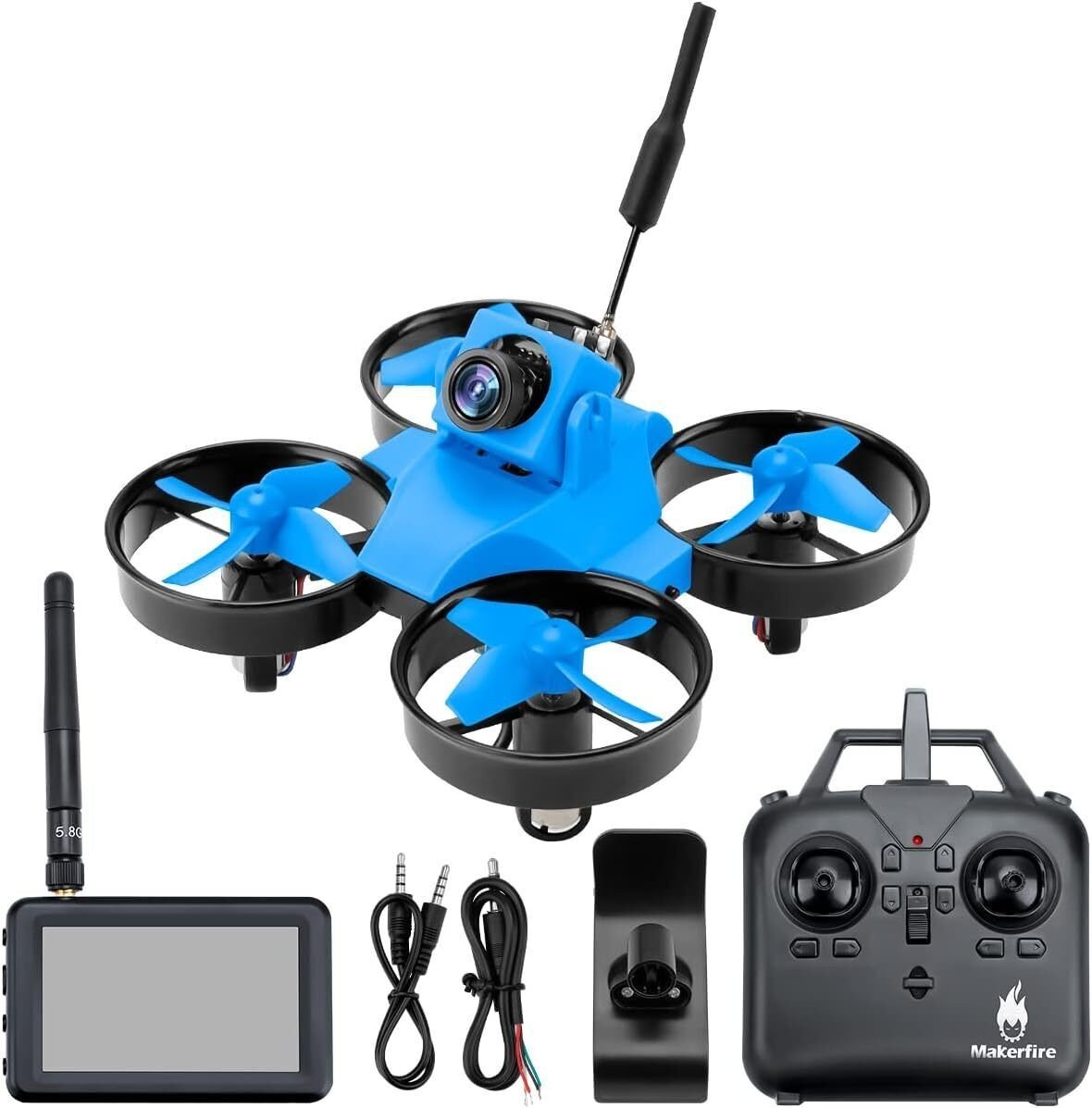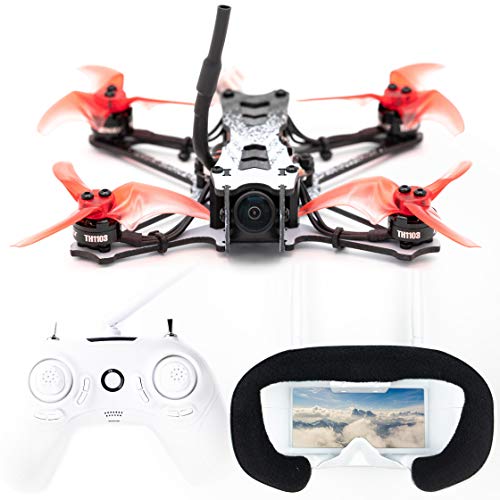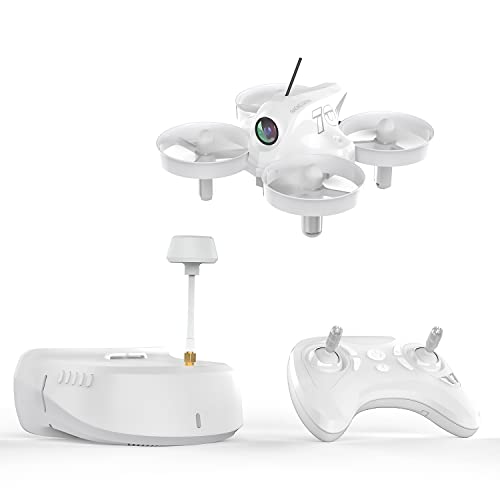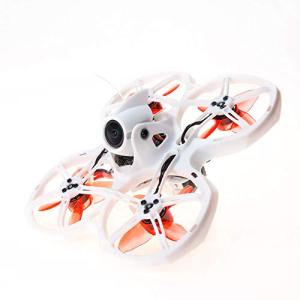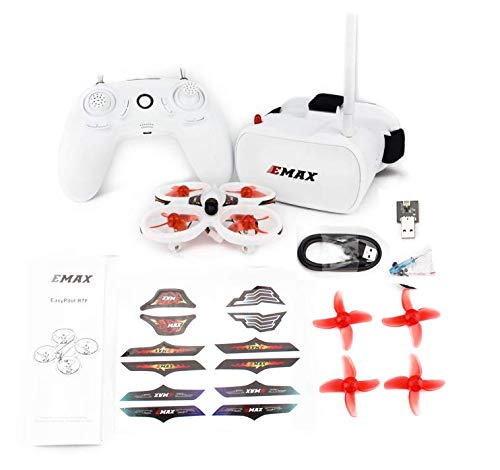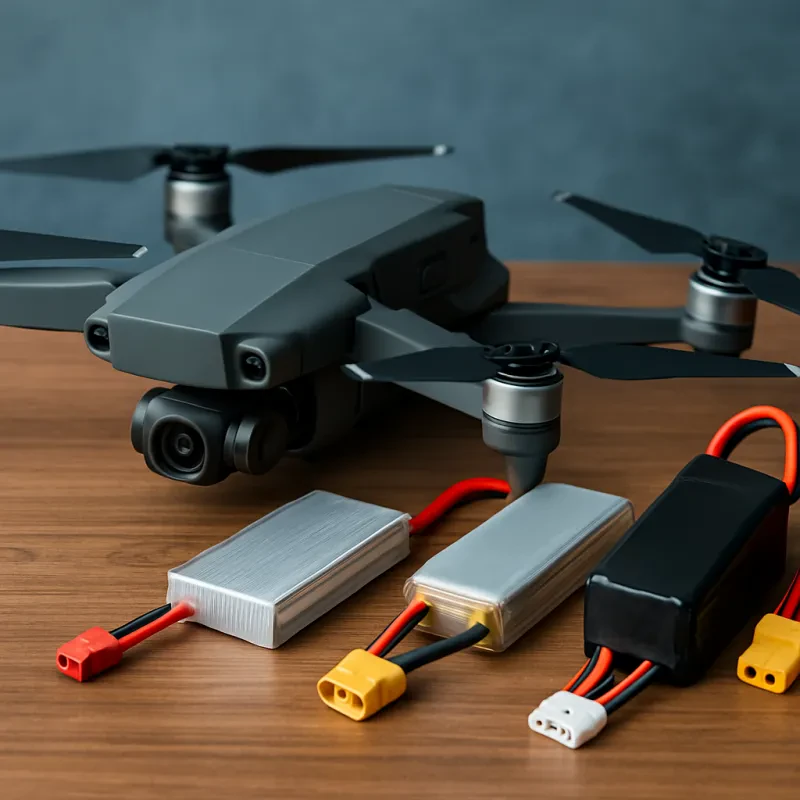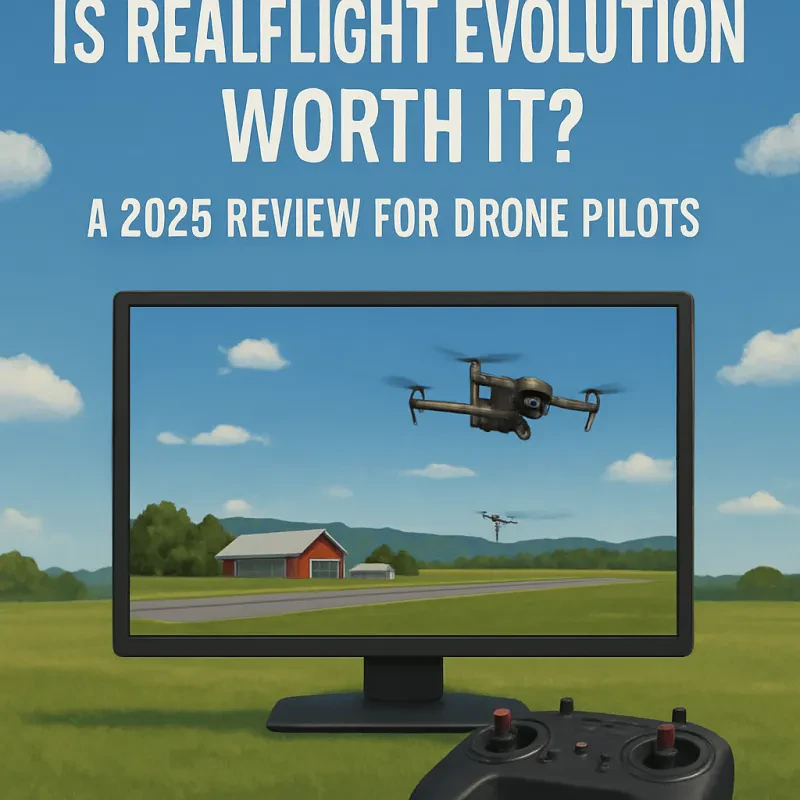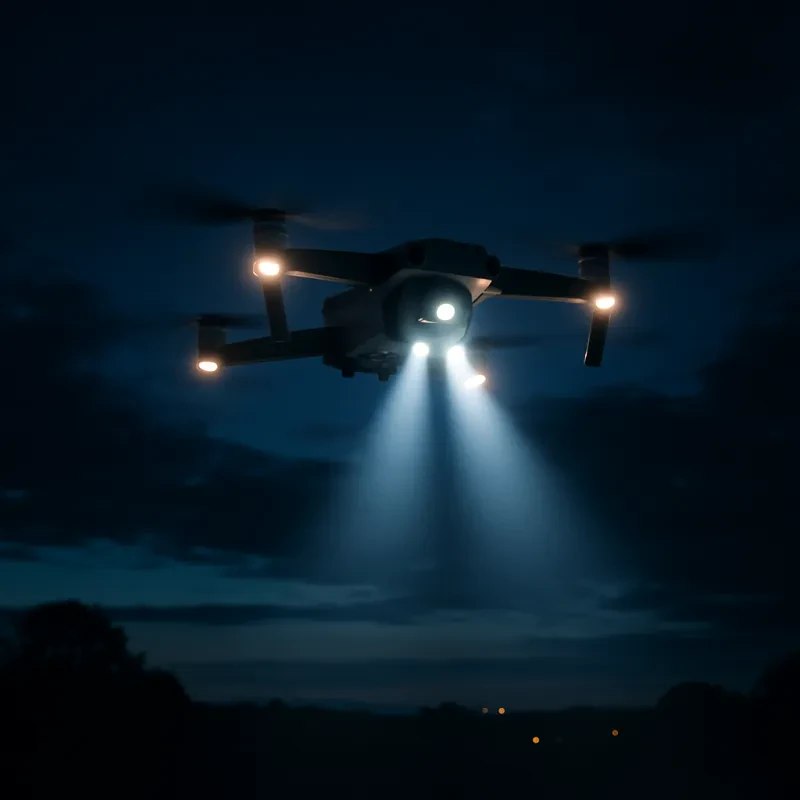Drone Racing: From Hobby to High-Stakes Competition
What started as a niche hobby has exploded into a full-blown competitive sport with cash prizes reaching six figures. Drone racing, a sport where pilots fly small aircrafts at high speeds through obstacle courses using first-person view cameras and a remote control, has quickly become a popular pastime for tech enthusiasts and adrenaline junkies alike.
The sport has grown so dramatically that in 2016, the first ever Drone Racing League (DRL) was created, offering a professional platform for pilots and broadcasting competitions on TV networks like ESPN and NBC. The DRL is now considered the premier drone racing league in the world, with races taking place in countries like the United States, China, and Germany.
The races themselves are intense and thrilling to watch, with pilots maneuvering their drones through neon-lit courses at breakneck speeds. The drones can fly up to 120 miles per hour and can stop on a dime, making for some heart-stopping moments. The pilots wear goggles that display a live feed from their drone's camera, giving them a first-person view of the race and allowing them to fly seamlessly through the course.
Drone racing has become so popular that even non-pilots can get in on the action. Many companies now offer recreational drone racing experiences where anyone can try their hand at the sport. Drone racing simulators, which allow users to practice flying drones and racing against other players, are also becoming more popular and accessible.
While drone racing is still a relatively new sport, it's clear that it's here to stay. With high-stakes competitions, big-name sponsors, and a growing fan base, it's only a matter of time before drone racing becomes as common as traditional sports like football or basketball.
Building the Perfect Racing Drone: Tips and Tricks
Building a racing drone may seem like a daunting task, but with the right knowledge and tools, anyone can do it. Here are some tips and tricks to make sure your racing drone is perfect:
Choose the Right Frame
The frame is the foundation of any racing drone, so it is important to pick the right one. Consider the weight, size, and durability of the frame. It should also have enough space to hold all the components you plan to install.
Use High-Quality Components
High-quality components are essential for a smooth flying experience. From the motor to the battery, each component should be rated for high performance. This will ensure that your drone can handle fast movements and quick turns.
Balance Your Drone
Balance is key when it comes to racing drones. Make sure to evenly distribute the weight of the components and adjust the center of gravity as needed. This will prevent your drone from wobbling or flipping during flight.
Tune Your Drone
Tuning your drone is crucial for reaching optimal performance. Use software tools to adjust the flight controller and fine-tune the settings to match your flying style. This will ensure a responsive, stable flight experience.
Practice Makes Perfect
Once you have built and tuned your racing drone, the next step is to start practicing. Learn how to fly in a safe environment and gradually increase your speed and agility. Practice both basic and advanced maneuvers to become a skilled pilot.
Building a racing drone takes time, effort, and patience, but the end result is a thrilling and rewarding experience. By following these tips and tricks, you can build the perfect racing drone and dominate the skies.
The Future of Drone Racing: Technological Advancements and Evolving Regulations
As drone racing continues to grow in popularity, the future of the sport looks bright. Technological advancements are allowing for faster and more agile drones, while evolving regulations are making the sport safer and more accessible.
One area of technological advancement in drone racing is in the development of better battery technology. Higher voltage batteries are allowing for faster speeds and longer flight times. The use of carbon fiber material in drone frames is also becoming more common, which reduces the weight and allows for better agility and speed.
In addition to hardware advancements, software is also playing a key role in the growth of drone racing. Flight controllers equipped with advanced algorithms are allowing for precise flight maneuvers, even in challenging environments. Live streaming technology is also making it easier for fans to watch races from anywhere in the world.
As drone racing grows, regulations are also evolving to keep up with the sport. In the United States, the Federal Aviation Administration (FAA) has established rules for drone racing, including a limit on the maximum speed and altitude that drones can reach. Pilot licensing requirements are also being implemented to ensure that drone pilots have the necessary skills and knowledge to operate the vehicles safely.
Other countries are also adopting regulations for drone racing, with some even hosting national championships. These regulations and competitions are helping to establish standards for safety and performance, which will help to grow the sport in the long run.
Overall, the future of drone racing looks bright. Technological advancements are making drones faster and more agile, while evolving regulations are making the sport safer and more accessible to all. As the sport continues to grow, we can expect to see even more exciting developments in the years to come.
